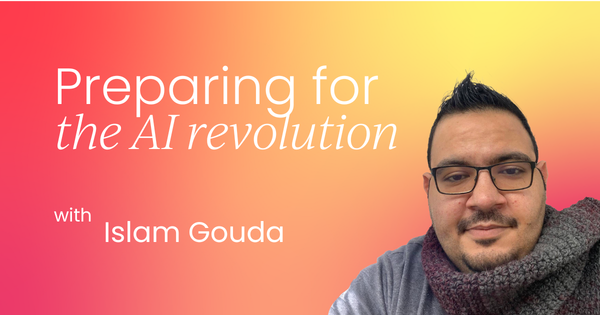In 20 years of observing shifts in marketing, I’ve rarely seen a wave as strong, fast, and disruptive as the one AI is unleashing today.
We are at the intersection of possibility and chaos, a place where CMOs are either going to redefine their legacy or be remembered as leaders who froze in a time of transformation.
But here’s the uncomfortable truth: AI is not “coming”, it's already here. From predictive analytics and generative content creation to hyper-personalized customer experiences and supply chain optimizations, AI has permeated the marketer’s toolkit.
And yet, the very power that excites us can also lull us into a dangerous overreliance that erodes the human essence of brand-building.
The challenge for CMOs is no longer whether to embrace AI, it’s how to integrate it in a way that elevates human creativity, strategic thinking, and brand authenticity rather than replacing them.
In my experience leading marketing transformations across industries and continents, the CMOs who will thrive are those who think of AI not as a crutch, but as a compass.
This playbook is my blueprint for that journey.
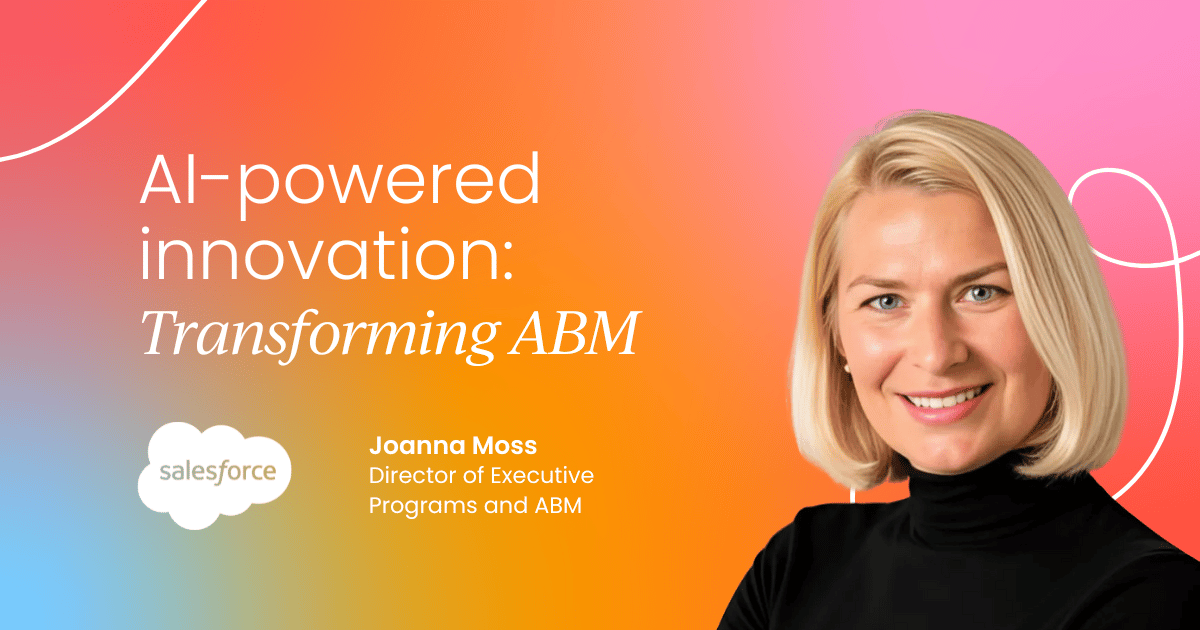
1. Redefining the CMO’s role in the AI era
Traditionally, the CMO’s value lay in brand vision, consumer insight, and creative leadership.
In the AI era, those still matter but they are joined by new responsibilities: AI strategy architect, data ethics custodian, and change management leader.
From brand storyteller to brand systems designer
The future CMO must think in systems, designing brand ecosystems that learn and adapt through AI without losing their soul.
A campaign is no longer a “launch and leave”; it’s an evolving dialogue, shaped by data streams and guided by human judgment.
From insight interpreter to insight orchestrator
AI will deliver insights faster than any focus group could, but it’s still the CMO’s job to ask the right questions, sense-check the outputs, and make the leap from numbers to narratives.
In the Middle East, for example, I’ve seen retail CMOs leverage AI to predict Eid shopping spikes down to SKU-level demand. But it wasn’t the AI alone, it was the CMO’s human understanding of cultural nuance that shaped the winning promotion mix.
2. The novel playbook for AI-empowered marketing teams
Here’s the framework I believe every CMO should implement:
A. Talent architecture
Your future-ready team needs three pillars:
The data-driven strategist: Understands how to ask the right business questions and turn AI insights into actionable plans.
The human storyteller: Masters emotional connection, crafting campaigns that algorithms can optimize but not originate.
The AI operations specialist: Knows the tools, workflows, and integrations that keep AI running smoothly.
B. Culture of co-creation
AI should be treated like the smartest intern you’ve ever had fast, capable, but still learning. Encourage your team to collaborate with AI rather than outsource thinking to it.
At a multinational I consulted for, we made it policy that AI-generated creative drafts must be reviewed and reinterpreted by humans before client presentation.
This simple rule not only improved campaign quality but also preserved the team’s creative pride.
C. Continuous learning loops
The AI landscape changes monthly. Build in quarterly “AI innovation sprints” where your team experiments with new tools, shares learnings, and decides which ones to scale.
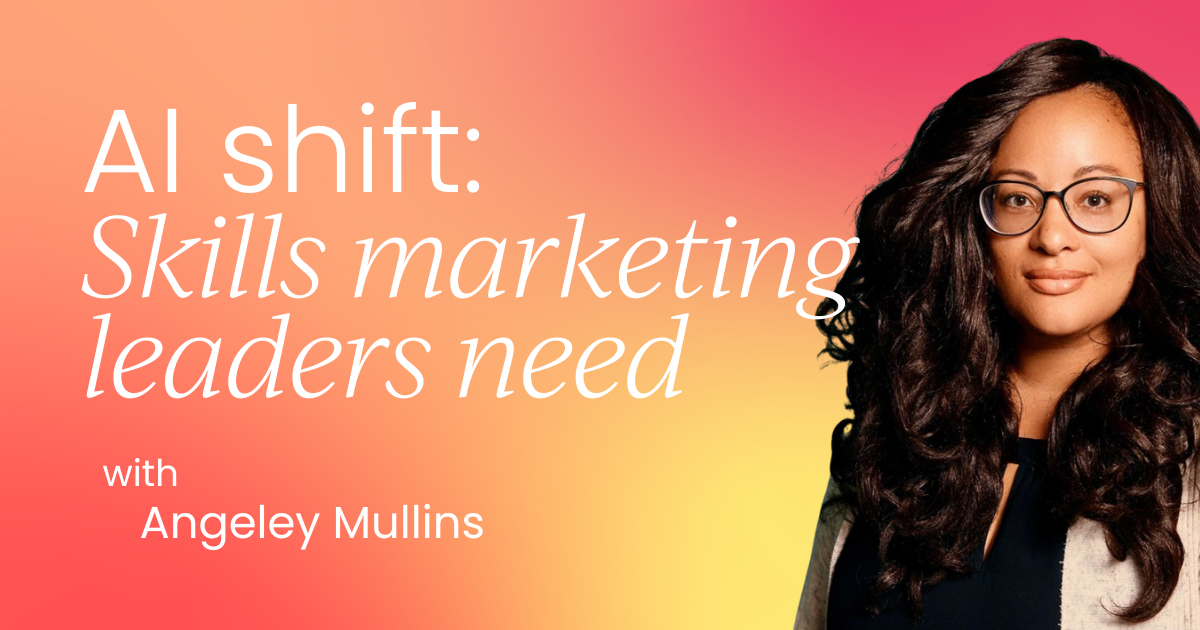
3. Resource management in the AI age
AI doesn’t mean unlimited efficiency. If anything, the speed of AI output risks overloading teams with too many ideas and too little focus.
Budget allocation
Reserve at least 15–20% of your annual marketing budget for AI experimentation and training.
Time management
AI can save hours in execution, but you must reinvest that time in strategic thinking and creative refinement not just producing more content.
Technology governance
Avoid “AI tool creep.” Too many overlapping platforms create inefficiencies. Adopt a single source of truth approach where data flows through unified dashboards.
A US-based travel brand I worked with learned this the hard way: they subscribed to six AI tools for personalization, all promising similar benefits.
The overlap caused data silos, and the result was inconsistent customer messaging. Once we consolidated to two core platforms, ROI jumped by 38% in six months.
4. The human element: Why overreliance is the silent threat
AI can simulate empathy; it cannot feel it. It can predict behavior; it cannot truly understand aspiration. Overreliance risks brands sounding automated, losing the imperfections and unpredictability that make human connections powerful.
One of my personal rules: Every AI-led insight should pass through a “human resonance filter.” Before greenlighting any campaign, ask: Does this make a human feel something genuine? Would I share this with a friend and feel proud?
In China’s booming live-commerce sector, AI helps match influencers to products instantly. But the highest sales still come from charismatic hosts who connect on a personal level. That tells us AI’s role is to enable not replace the human spark.
5. A vision for the next decade
The CMO of 2035 will be:
- Part creative director, part data scientist
- Fluent in both machine learning and behavioral psychology
- A steward of brand trust in an era where misinformation can be AI-generated in seconds
We will see hyper-personalized brand universes, where every consumer’s journey is uniquely theirs curated by AI, but emotionally authored by humans.
We will also see CMOs act as societal leaders, setting ethical boundaries for AI use in advertising, ensuring brands don’t just sell but also contribute positively to human progress.
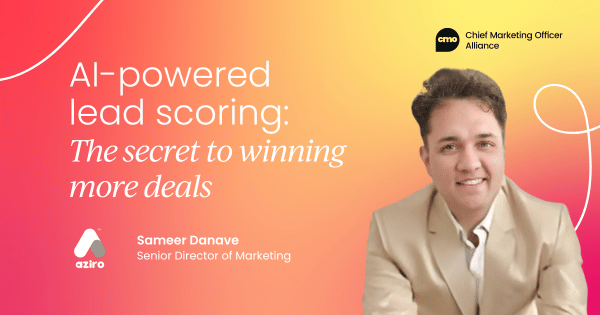
Recommendations for CMOs preparing today
Audit your AI maturity
Know which functions can benefit most from AI now and which require human dominance.
Build dual skill pathways
Train your creatives in data literacy and your analysts in storytelling.
Implement ethical guidelines
Transparency in AI use will be a competitive advantage.
Measure human impact
Beyond engagement rates, track customer trust, brand sentiment, and loyalty.
Lead with vision, not tools
AI will change every quarter; your North Star should remain human connection.
Final word
AI will not replace the CMO but the CMO who refuses to adapt will be replaced by one who does. The AI revolution is not a storm to wait out; it’s the wind to harness.
Done right, it can elevate marketing from transactional persuasion to transformational influence.






.png)


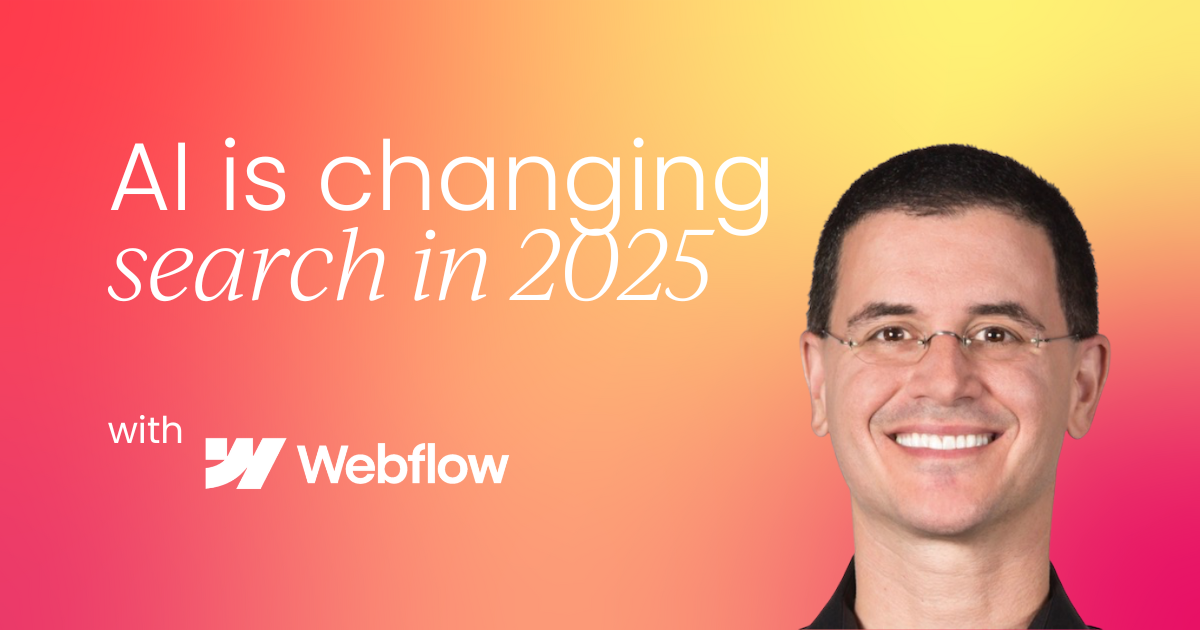
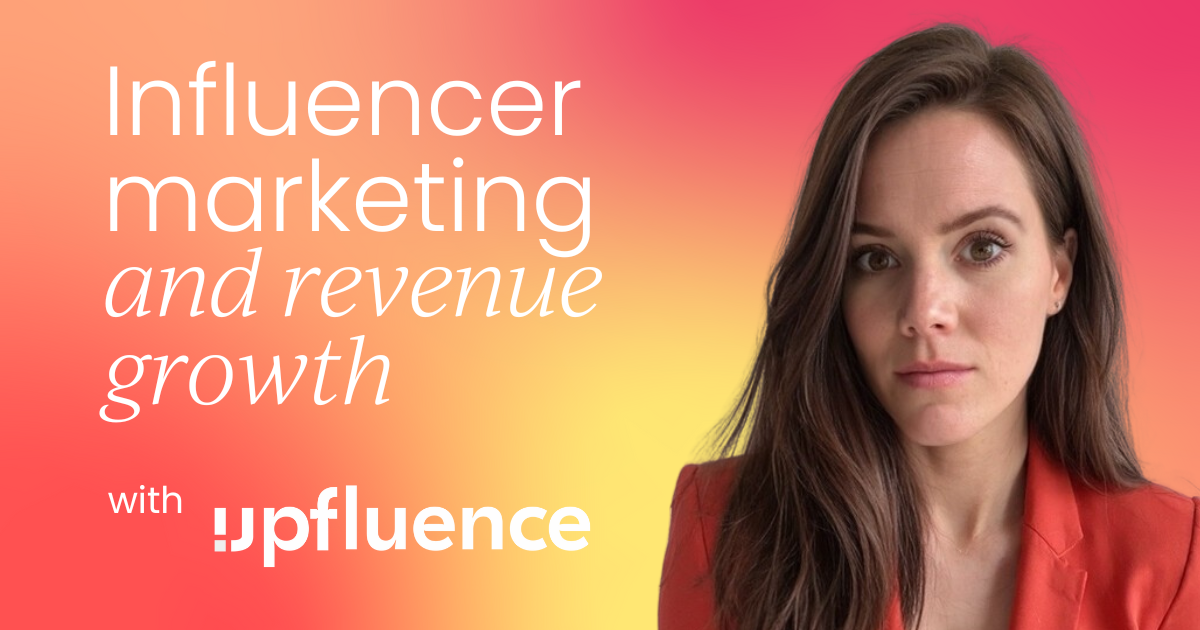
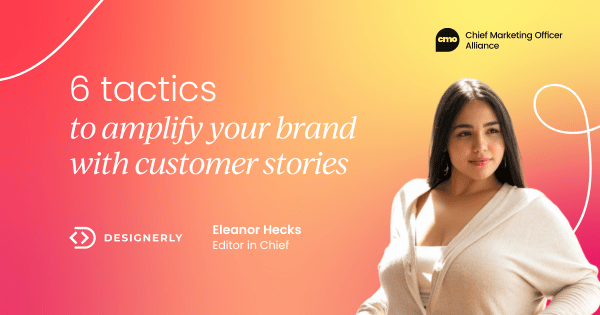




 Follow us on LinkedIn
Follow us on LinkedIn




